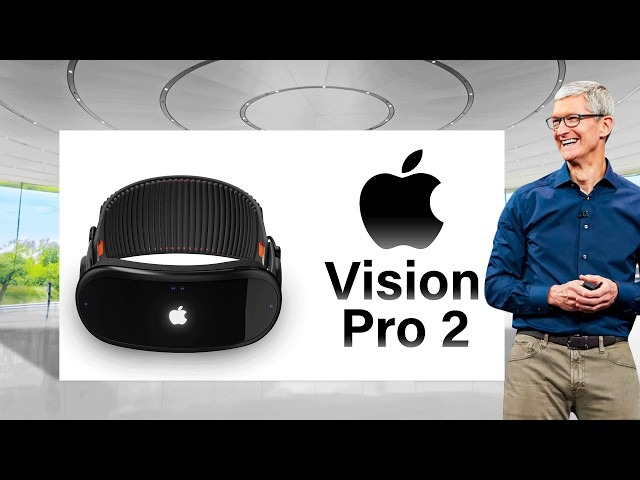
The challenge faced by the Apple Vision Pro is its steep price tag. According to a recent report, Apple is now shifting its emphasis from a more budget-friendly VR headset to the development of smart glasses akin to Meta’s Ray-Ban.
Mark Gurman from Bloomberg, an Apple insider, has disclosed that Apple has reassigned staff from the Vision Pro redesign to focus on creating a rival to Meta’s smart glasses.
The more affordable Vision Pro was originally planned for a 2027 launch and should not be mistaken for the Apple Vision Pro 2, which is a slightly enhanced iteration of the existing Vision Pro headset, slated for release next year.
Reports suggest that Apple has been working on a lighter and less expensive version of the Vision Pro after seeing a decline in sales of the $3,499 AR/VR headset following its release last year.
While the alterations to Vision Pro plans are not unexpected, Apple’s shift toward smart glasses is notable. Rivals like Samsung, Google, Meta, Amazon, and several startups are already competing to roll out smart glasses, with Apple actively developing its own variant.
Gurman mentions that Apple is working on two models of smart glasses: one with a built-in display and another without, which connects to an iPhone.
Apple intends to release the display-less model, referred to internally as N50, as early as next year, accelerating from its prior 2027 goal. The display-equipped model was initially projected for a 2028 launch, but that timeline may also be expedited.
Apple’s smart glasses will incorporate AI and voice features, with a revamped Siri transforming into a more AI-centric assistant. The glasses will offer various designs, integrated speakers, cameras, and will run on a new Apple chip. Health-monitoring functionalities are anticipated to be included as well.
Meta has achieved some success with its Ray-Ban Meta smart glasses, and Apple is now striving to keep pace with its competitors. However, Apple has encountered similar scenarios in the past, as evidenced by the 2007 launch of the iPhone, which followed the establishment of other mobile phone brands.